New Ways To Receive Communications from Space?
SETI: New Signal Excites Alien Hunters—Here’s How We Could Find Out if It’s Real
The $100 million Breakthrough Listen Initiative, founded by Russian billionaire, technology and science investor Yuri Milner and his wife Julia, has identified a mysterious radio signal that seems to come from the nearest star to the sun, Proxima Centauri. This has generated a flood of excitement in the press and among scientists themselves. The discovery, which was reported by the Guardian but has yet to be published in a scientific journal, may be the search for extraterrestrial intelligence’s (SETI) first bona fide candidate signal. It has been dubbed Breakthrough Listen Candidate 1 or simply BLC-1.
Although the Breakthrough Listen team are still working on the data, we know that the radio signal was detected by the Parkes telescope in Australia while it was pointing at Proxima Centauri, which is thought to be orbited by at least one habitable planet. The signal was present for the full observation, lasting several hours. It also was absent when the telescope pointed in a different direction.
Artist’s impression of a planet orbiting Proxima Centauri. ESO/M. Kornmesser/wikipedia, CC BY-SA The signal was “narrow-band,” meaning it only occupied a slim range of radio frequencies. And it drifted in frequency in a way that you would expect if it came from a moving planet. These characteristics are exactly the kind of attributes the SETI scientists have been looking for since the astronomer Frank Drake first began the pioneering initiative some 60 years ago.
While this represents remarkable progress in our pursuit of the ultimate question of whether we are alone in the universe, the BLC-1 signal also presents some food for thought on how we conduct these searches. In particular, BLC-1 highlights a problem that has dogged SETI research right from the beginning: disappearing signals. BLC-1 hasn’t been seen since it was first detected in the spring of 2019.
If BLC-1 finally emerges as a true SETI signal candidate, it will be the first since the “Wow! signal” recorded back in 1977. This is perhaps the most famous example of an inconclusive SETI candidate—it was never observed again. That doesn’t mean it cannot be extraterrestrial in nature. The perfect celestial alignment of moving and potentially rotating transmitters and receivers, separated by interstellar distances, is always likely to be a fortuitous and sometimes temporary circumstance.
Nevertheless, this represents a challenge for the Breakthrough Listen team. If BLC-1 is never seen to repeat, it will be very difficult to conduct the kind of detailed follow-up that will fully convince scientists that it was a message from aliens. Skeptics will rightly argue that this is more likely to be either a new form of human-generated radio interference or a rare feature of the complex observing instrumentation itself.
Indeed, it may never be possible to provide really compelling evidence of the extraterrestrial nature of a SETI event based on a telescope with a single dish, such as Parkes. This is especially the case for one-off events.
Ways Forward
One way forward would be to abandon the traditional approach of using large single dishes for SETI. While a parabolic dish has the useful property of being sensitive to a fairly large area of sky, if a candidate signal is detected, there is no way of knowing exactly where it came from. So, while the Parkes telescope was nominally pointing at Proxima Centauri, literally hundreds of thousands of other galactic stars were also present in the field of view. Ultimately, any one of them could potentially be the source of the BLC-1.
We can overcome this problem by observing with several large dishes simultaneously, preferably separated by hundreds and even thousands of kilometers. By combining their signals using a powerful technique known as Very Long Baseline Interferometry, we can pinpoint the position of a signal with exquisite accuracy, such as to a single star.
For nearby systems such as Proxima Centauri, we can achieve a precision of approximately one thousandth of an astronomical unit (the distance between the sun and Earth). This should allow us to identify not just the stellar system but the associated planet that transmitted the signal.
With such an approach, the motion on the sky of most signals could be measured in a year or even less. There are other advantages to observing with an interferometric array of telescopes, such as having many completely independent telescopes detecting the same signal.
In addition, radio interference from Earth wouldn’t be registered by telescope sites separated by hundreds of kilometers. So the human made interference that has contributed to so many false positives for SETI, and has included orbiting satellites and even microwave ovens, would completely disappear.
This kind of interferometry is a well-established technique that has been around since the late 1960s. So why are we not doing SETI with it systematically? One reason is that combining data together from an array of telescopes requires more effort in almost all regards, including greater computing resources. An observation of a few minutes would generate many terabytes of data (1 terabyte is 1,024 gigabytes).
Artist’s impression of the Square Kilometer Array. SPDO/TDP/DRAO/Swinburne Astronomy Productions – SKA Project Development Office and Swinburne Astronomy Productions, CC BY-SA But none of these issues are show stoppers, especially as technology continues to advance at unprecedented rates. Perhaps a more important factor is human inertia. Until recently, the SETI community has been quite conservative in its approach, with staff traditionally drawn from single-dish telescopes. These scientists aren’t necessarily familiar with the quirks and foibles of interferometric arrays.
Luckily, that’s finally changing. Breakthrough Listen now looks towards incorporating arrays such as MeerKAT, the Jansky Very Large Telescope (JVLA), and eventually the Square Kilometer Array (SKA) in their future survey programs. In the meantime, prepare for a rising tide of ambiguous radio events—and hopefully the reappearance of BLC-1. Determining the precise location and motion of these signals may be the only way of reaching unequivocal conclusions.
This article is republished from The Conversation under a Creative Commons license. Read the original article.
Tau Ceti, Latinized from τ Ceti, is a single star in the constellation Cetus that is spectrally similar to the Sun, although it has only about 78% of the Sun's mass. At a distance of just under 12 light-years (3.7 parsecs) from the Solar System, it is a relatively nearby star and the closest solitary G-class star. The star appears stable, with little stellar variation, and is metal-deficient.
Observations have detected more than ten times as much dust surrounding Tau Ceti as is present in the Solar System. Since December 2012, there has been evidence of at least four planets—all confirmed being super-Earths—orbiting Tau Ceti, with two of these being potentially in the habitable zone There are an additional four unconfirmed planets, one of which is a Jovian planet between 3 and 20 AU from the star. Because of its debris disk, any planet orbiting Tau Ceti would face far more impact events than Earth. Despite this hurdle to habitability, its solar analog (Sun-like) characteristics have led to widespread interest in the star. Given its stability, similarity and relative proximity to the Sun, Tau Ceti is consistently listed as a target for the Search for Extra-Terrestrial Intelligence (SETI) and appears in some science fiction literature.
It can be seen with the unaided eye with an apparent magnitude of 3.5. As seen from Tau Ceti, the Sun would be in the northern hemisphere constellation Boötes with an apparent magnitude of about 2.6.
Four Earth-sized planets detected orbiting the nearest sun-like star!
This illustration compares the four planets detected around the nearby star tau Ceti (top) and the inner planets of our solar system (bottom). (Illustration courtesy of Fabo Feng)
A new study by an international team of astronomers reveals that four Earth-sized planets orbit the nearest sun-like star, tau Ceti, which is about 12 light years away and visible to the naked eye. These planets have masses as low as 1.7 Earth mass, making them among the smallest planets ever detected around nearby sun-like stars. Two of them are super-Earths located in the habitable zone of the star, meaning they could support liquid surface water.
The planets were detected by observing the wobbles in the movement of tau Ceti. This required techniques sensitive enough to detect variations in the movement of the star as small as 30 centimeters per second.
"We are now finally crossing a threshold where, through very sophisticated modeling of large combined data sets from multiple independent observers, we can disentangle the noise due to stellar surface activity from the very tiny signals generated by the gravitational tugs from Earth-sized orbiting planets," said coauthor Steven Vogt, professor of astronomy and astrophysics at UC Santa Cruz.
According to lead author Fabo Feng of the University of Hertfordshire, UK, the researchers are getting tantalizingly close to the 10-centimeter-per-second limit required for detecting Earth analogs. "Our detection of such weak wobbles is a milestone in the search for Earth analogs and the understanding of the Earth's habitability through comparison with these analogs," Feng said. "We have introduced new methods to remove the noise in the data in order to reveal the weak planetary signals."
The outer two planets around tau Ceti are likely to be candidate habitable worlds, although a massive debris disc around the star probably reduces their habitability due to intensive bombardment by asteroids and comets.
The same team also investigated tau Ceti four years ago in 2013, when coauthor Mikko Tuomi of the University of Hertfordshire led an effort in developing data analysis techniques and using the star as a benchmark case. "We came up with an ingenious way of telling the difference between signals caused by planets and those caused by star's activity. We realized that we could see how star's activity differed at different wavelengths and use that information to separate this activity from signals of planets," Tuomi said.
The researchers painstakingly improved the sensitivity of their techniques and were able to rule out two of the signals the team had identified in 2013 as planets. "But no matter how we look at the star, there seem to be at least four rocky planets orbiting it," Tuomi said. "We are slowly learning to tell the difference between wobbles caused by planets and those caused by stellar active surface. This enabled us to essentially verify the existence of the two outer, potentially habitable planets in the system."
Sun-like stars are thought to be the best targets in the search for habitable Earth-like planets due to their similarity to the sun. Unlike more common smaller stars, such as the red dwarf stars Proxima Centauri and Trappist-1, they are not so faint that planets would be tidally locked, showing the same side to the star at all times. Tau Ceti is very similar to the sun in its size and brightness, and both stars host multi-planet systems.
The data were obtained by using the HARPS spectrograph (European Southern Observatory, Chile) and Keck-HIRES (W. M. Keck Observatory, Mauna Kea, Hawaii).
A paper on the new findings was accepted for publication in the Astronomical Journal and is available online. In addition to Vogt, Feng, and Tuomi, coauthors include Hugh Jones of the University of Hertfordshire, UK; John Barnes of the Open University, UK; Guillem Anglada-Escude of Queen Mary University of London; and Paul Butler of the Carnegie Institute of Washington.
- Home
- Forum
- Chat
- Donate
- What's New?
-
Site Links

-
Avalon Library

-
External Sites

- Solari Report | Catherine Austin Fitts
- The Wall Will Fall | Vanessa Beeley
- Unsafe Space | Keri Smith
- Giza Death Star | Joseph P. Farrell
- The Last American Vagabond
- Caitlin Johnstone
- John Pilger
- Voltaire Network
- Suspicious Observers
- Peak Prosperity | Chris Martenson
- Dark Journalist
- The Black Vault
- Global Research | Michael Chossudovsky
- Corbett Report
- Infowars
- Natural News
- Ice Age Farmer
- Dr. Joseph Mercola
- Childrens Health Defense
- Geoengineering Watch | Dane Wigington
- Truthstream Media
- Unlimited Hangout | Whitney Webb
- Wikileaks index
- Vaccine Impact
- Eva Bartlett (In Gaza blog)
- Scott Ritter
- Redacted (Natalie & Clayton Morris)
- Judging Freedom (Andrew Napolitano)
- Alexander Mercouris
- The Duran
- Simplicius The Thinker









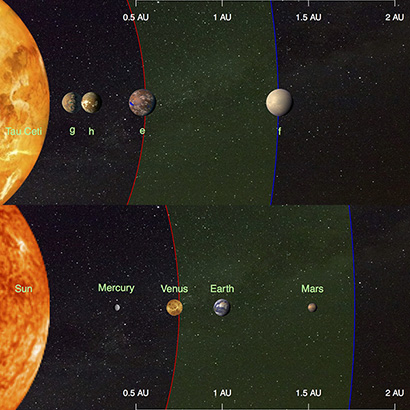

 Reply With Quote
Reply With Quote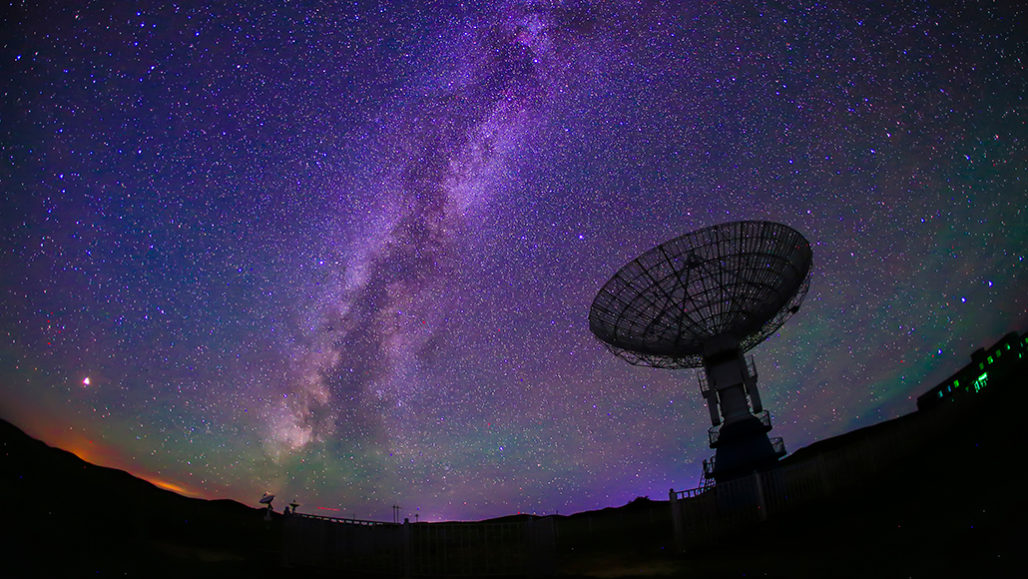
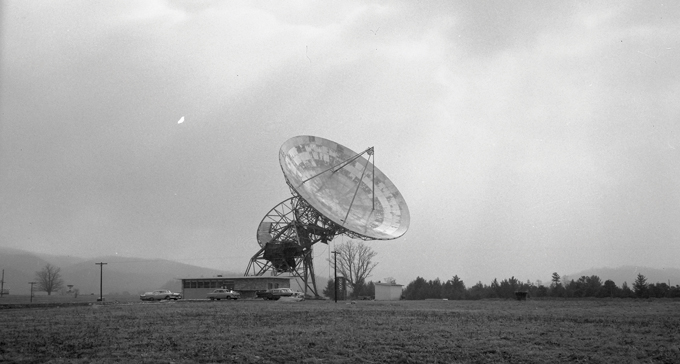
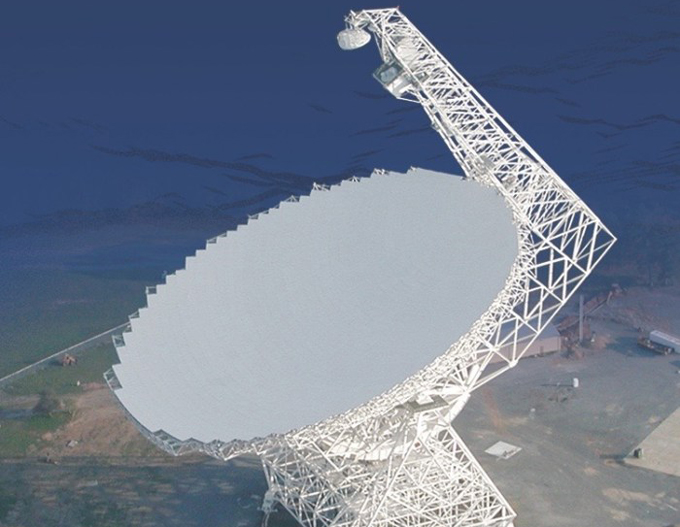
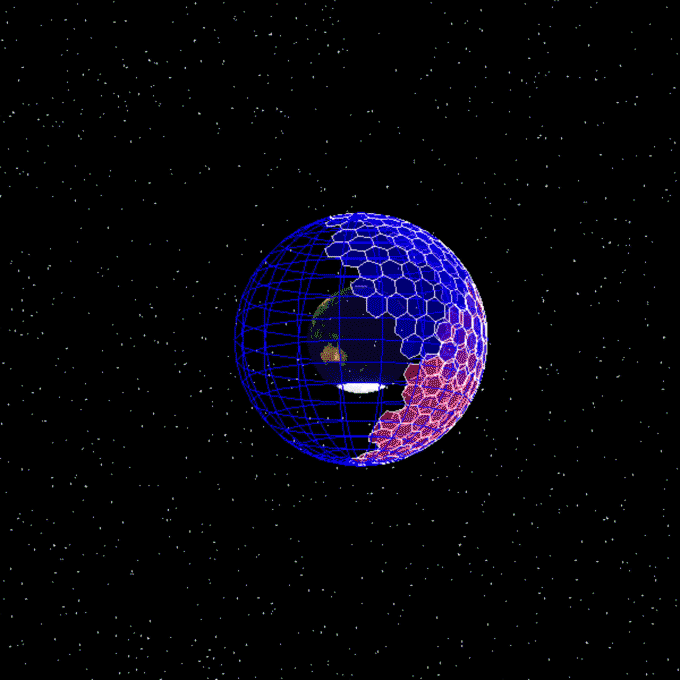



Bookmarks